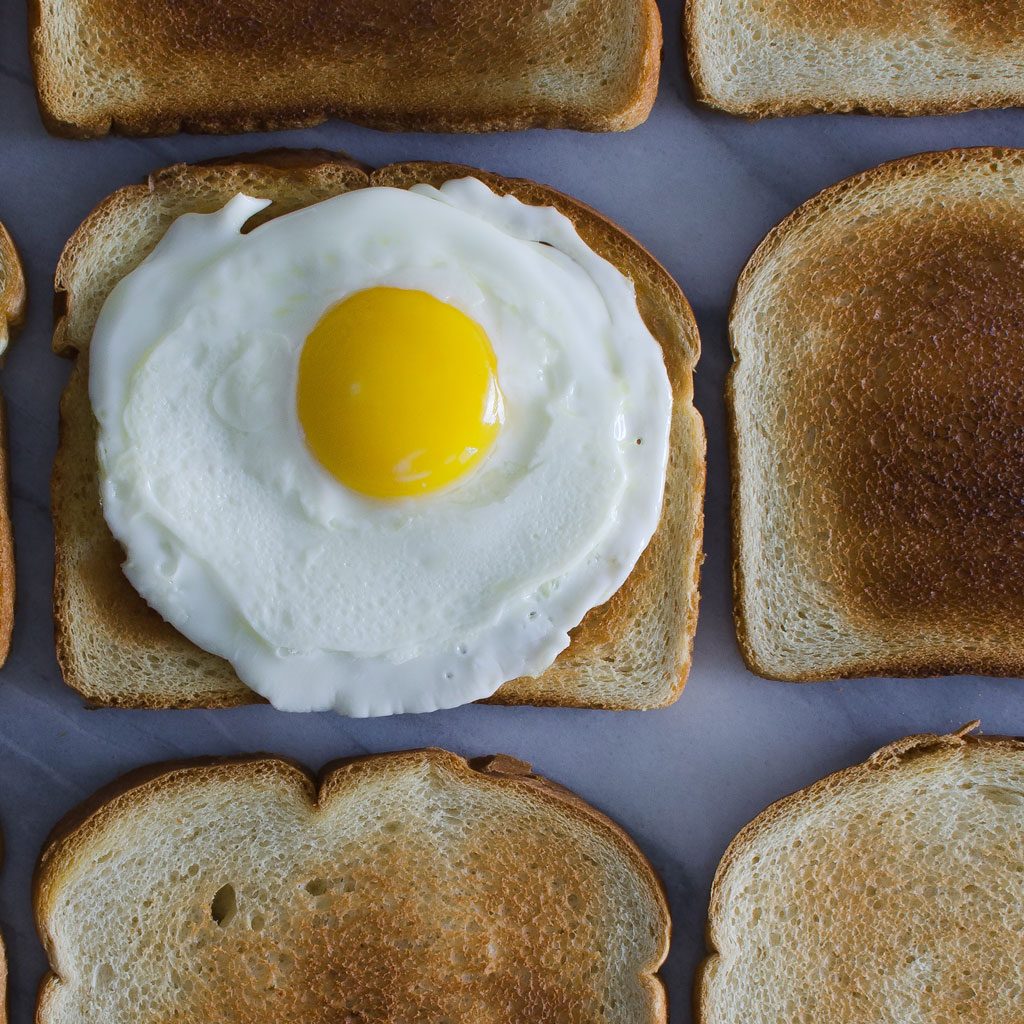Bottom-up processing is a form of information processing in which stimuli are understood or interpreted beginning with the smallest of details and building up to more complicated concepts. This is different from top-down, which involves forming an overall impression and looking for evidence that supports this idea. A visual processor of the city’s streets may first feel that it is noisy, chaotic and crowded. To confirm this it is possible to observe signs, such as people pushing through crowds, or noises from cars nearby.

Because bottom-up processing tends to be more analytical and driven by data and analytical, it has been extensively studied in relation to certain cognitive functions, including memory and perception. But, it could also be a significant factor in other aspects of our lives, such as creativity or decision-making like design or art. Bottom-up processing can be utilized effectively and efficiently to tackle more complicated problems and gain more insight into their causes. Bottom-up processing, even though it has an unpopular reputation within academic circles, can be extremely useful in understanding the world around us and our inner workings.
The intricate brain is at the heart our thoughts of actions, choices and even decisions. The brain’s complex processes play an a crucial role in all aspects of our lives, from memory and intelligence to mood and behaviour. The brain’s functioning is influenced by the process that is bottom-up. This is a particularly crucial mechanism. Bottom-up processing describes how information is processed beginning at the individual nerve cells at the level of individual nerve cells and then moving upwards through neural pathways that are interconnected. This eventually impacts the higher cognitive functions such as perception or attention. Research has shown that this process has profound effects on things like memory and learning, it might also hold great potential for treating disorders ranging from Alzheimer’s disease to schizophrenia. Therefore, by understanding the mechanisms of bottom-up processing that we could be able to unravel some of the mysteries underlying brain function, paving the way to powerful new methods in healthcare and neuroscience.
Bottom-up processing is how our brain process information. It is not the same as top-down processing that is more focused on incorporating expectations and previous knowledge into the learning process. Bottom-up processing is dependent on fresh and raw data. Bottom-up processing is beneficial for any learner. It concentrates on the specific aspects of learning, from the basic language and sounds to more complex concepts and concepts.
Bottom-up processing can offer a benefit that allows us to take each piece of information as it is brought in, and also allows us to step back. This helps us to stay in the loop and inspired to learn new concepts, develop existing ones, or identify potential areas of improvement. This can help us recognize how various components of information work by logical chains or networks. Engaging in bottom-up processes can assist us to become better learners as well as more efficient communicaters.
For more information, click Bottom up processing





